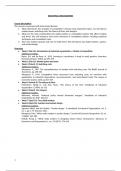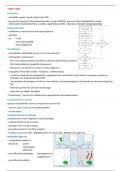College aantekeningen
Notes and slides of all 7 lectures of industrial organisations
- Instelling
- Universiteit Antwerpen (UA)
I transformed all slides into a Word document and added the notes I took during the lecture to have a complete document for the exam.
[Meer zien]







